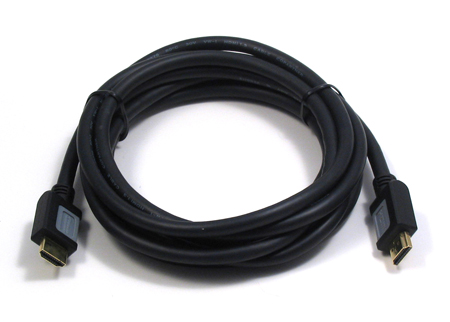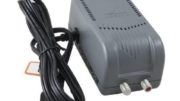Here’s a little gem that comes from my own experience, with a little side trip through the experience of one of our customers. I was talking over the weekend with someone who wants to simplify his TV system. After all, not everyone likes to feel like watching TV should be harder than launching a rocket. We talked a little bit about the options out there. And, I was able to share one of my little tips with them. I’ll share it with you, too. Maybe it will help keep peace in your home like it has for me.
HDMI-CEC, otherwise known as…
There’s a technology that’s built into nearly every piece of home theater equipment now. It’s called HDMI-CEC (the CEC stands for “Consumer Electronics Control.”) That name must not be really catchy. That’s my guess because most manufacturers call it something else. AT&T calls it HDMI Control. Samsung calls it Anynet+. It seems every manufacturer has their own name. But, it’s the same thing.
HDMI-CEC is a technology where one device can control another in a fairly limited way. For example, when you turn on a DIRECTV receiver, it can turn on the TV and switch the input for you. It’s even smart enough to know which input to switch to. In some cases even volume control information can be sent this way.
The whole goal is that you can use the manufacturer’s remote and not have to deal with multiple remotes or complex universal remotes. HDMI-CEC works, too, or it mostly works. That’s really what I was talking about this weekend.
How HDMI-CEC is supposed to work
The way this whole thing is supposed to work is, you pick up the remote for the thing you want to control and just press a button. In most cases it’s the “ON” button but, for example, with AppleTV it’s pretty much any button. The device gets the signal and wakes up the TV. When the TV wakes up, it switches to the right input. And you just start watching. Sounds perfect, right?
The problem comes when you want to switch devices. The natural tendency is to put down one remote, pick up another, and start using it. And, this should work. Well, it should, except sometimes it doesn’t.
DIRECTV and HDMI-CEC
AT&T’s implementation of HDMI-CEC, called HDMI Control, does things a little differently. The input command is sent through HDMI, but it seems that the command to turn the power on can also be sent by infrared through the receiver. And, this can cause problems.
Some TVs have one code for “power on” and a separate for “power off.” Other TVs, especially less expensive ones, just have one code that toggles the power. If it’s on, sending the command turns it off. So, it leads to a problem scenario. Pick up your DIRECTV remote when the TV is on, and it could send that command to your TV. That would turn the TV off. You’d then have to figure out what to do next.
Most of the time the solution is pressing the ON button again. This will send another “power on” to the receiver or Genie client, but it’s smart enough to ignore it. And then, the TV will power on. You may need to press-and-hold the ENTER button to get the TV input screen.
Here’s my solution
I advised this person the way I handle this. If I’m picking up the DIRECTV remote when I’m watching TV, I just point it toward myself not toward the TV. The DIRECTV remote’s RF capability will control the Genie client, and the infrared signal won’t get to the TV. It works in my home, and it keeps the peace fairly well.





